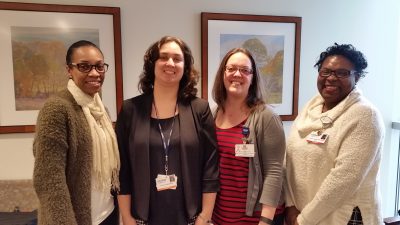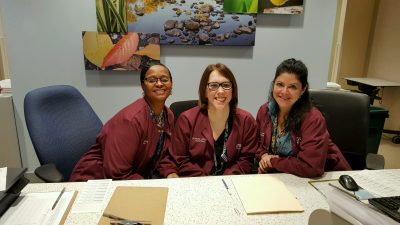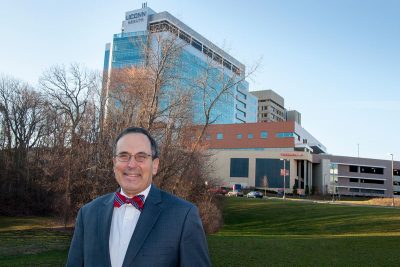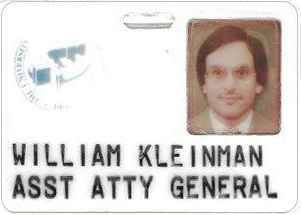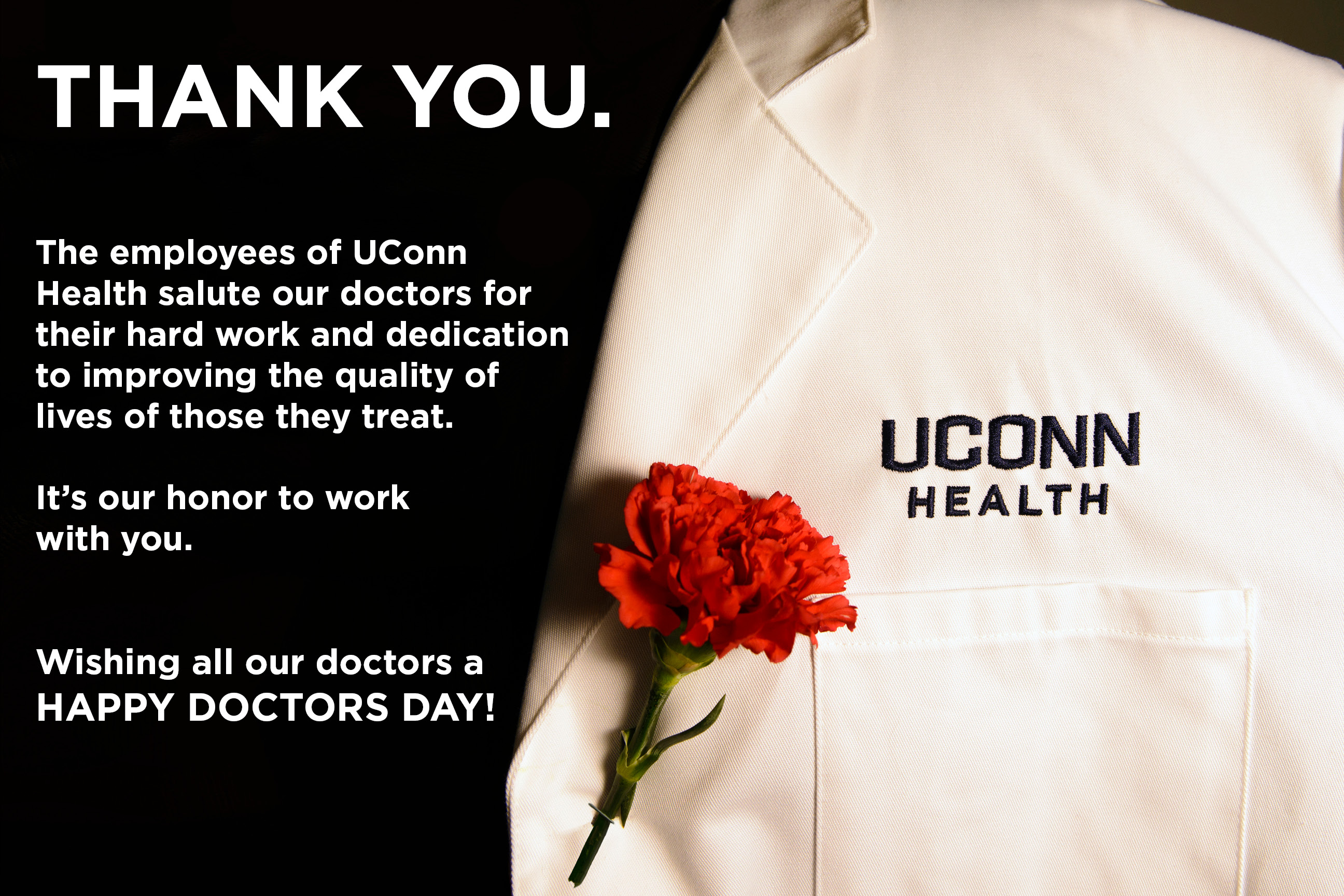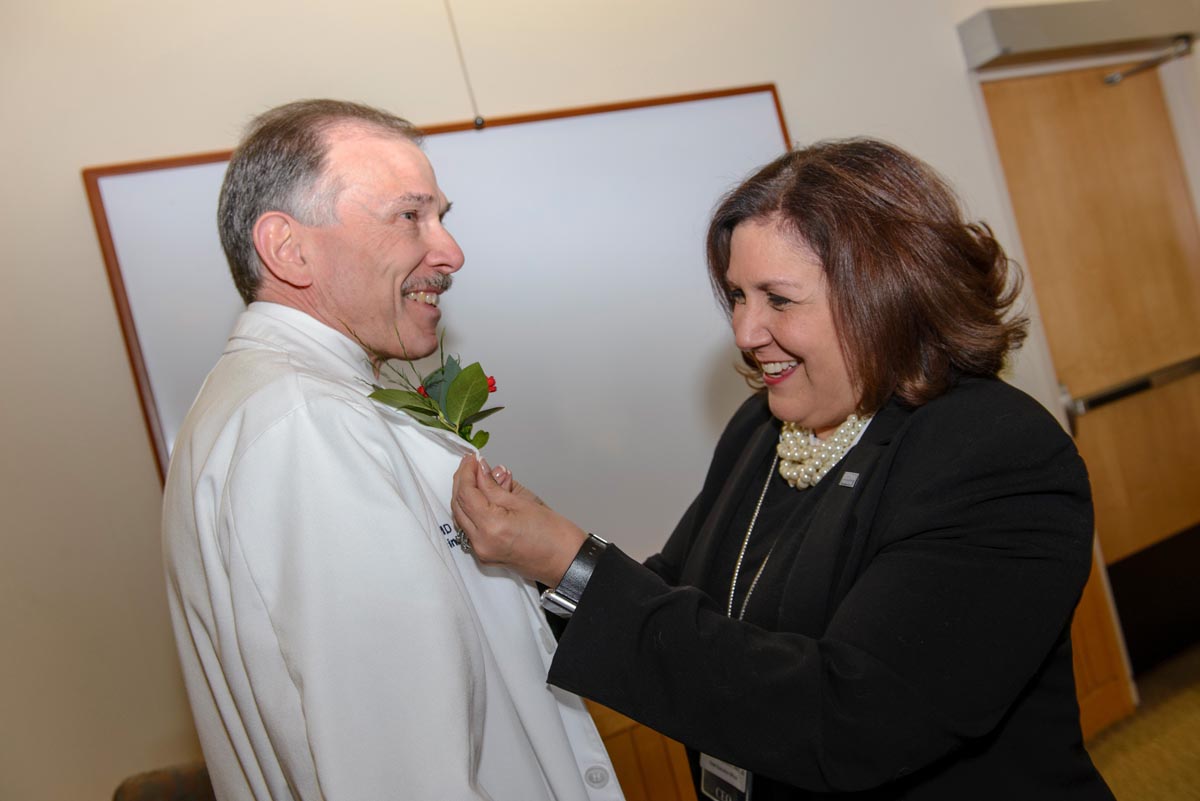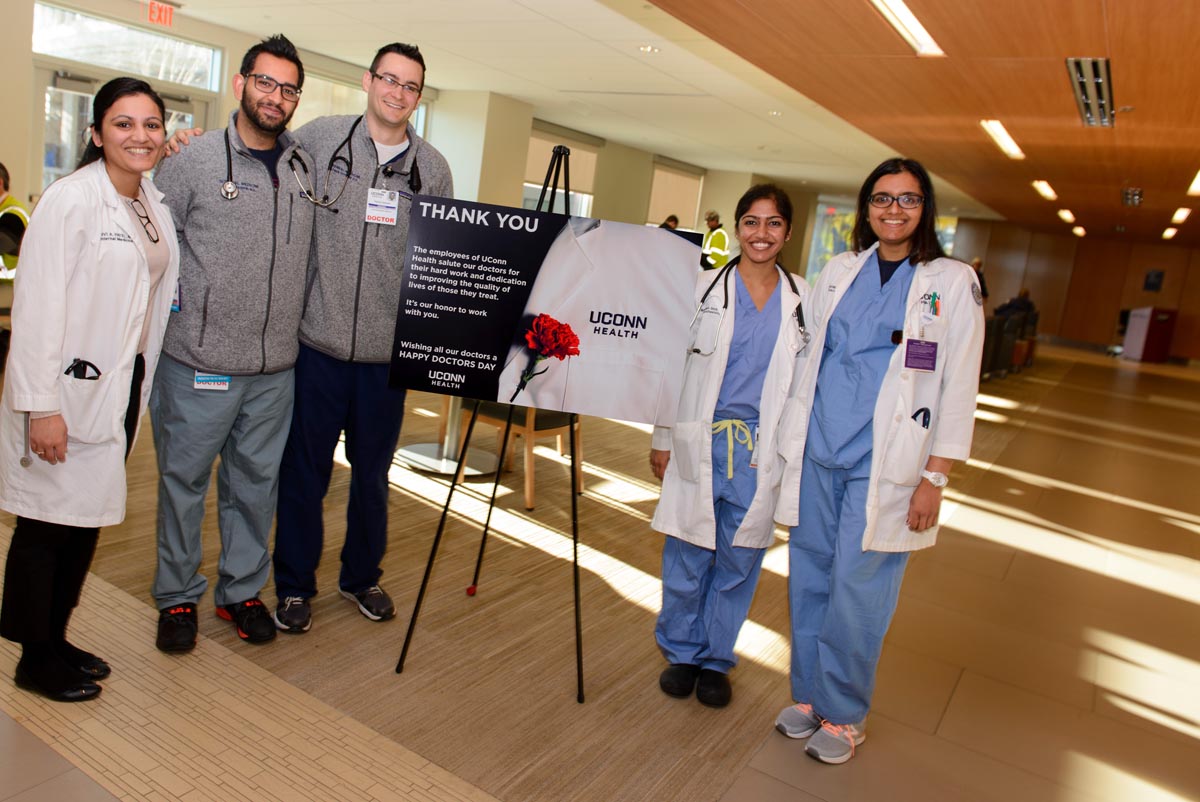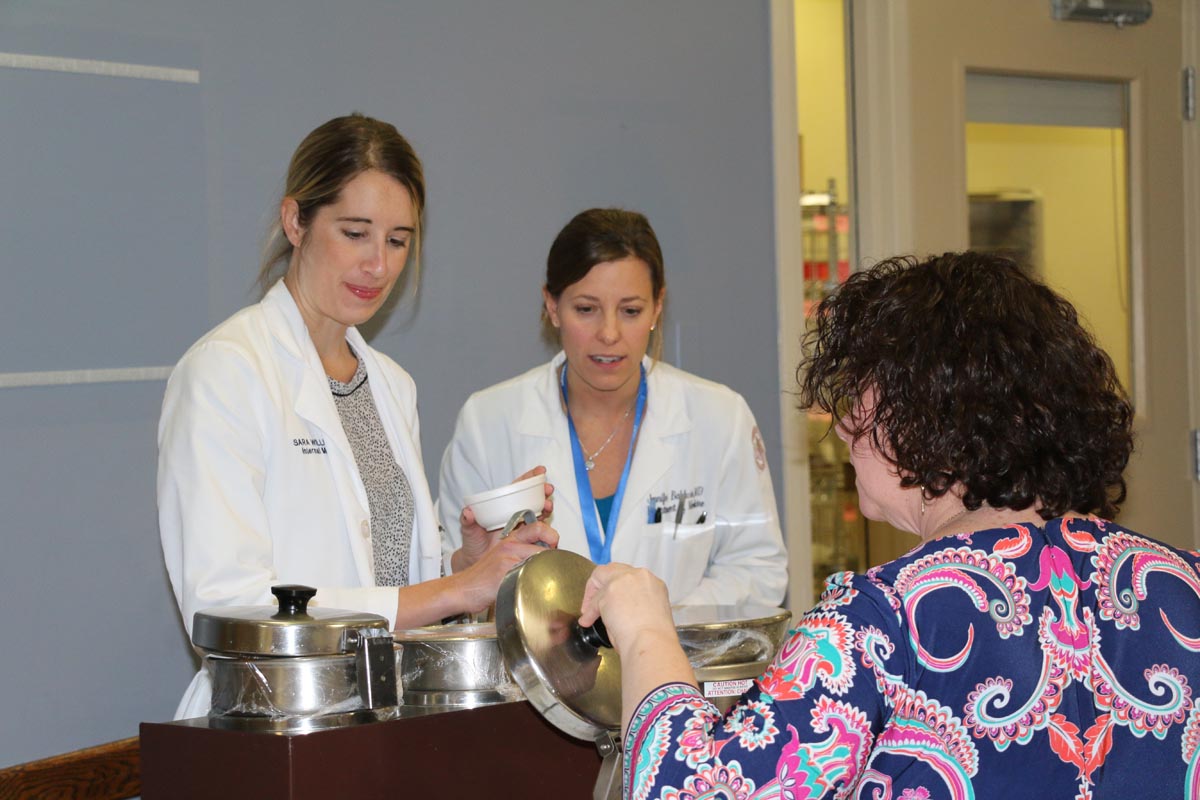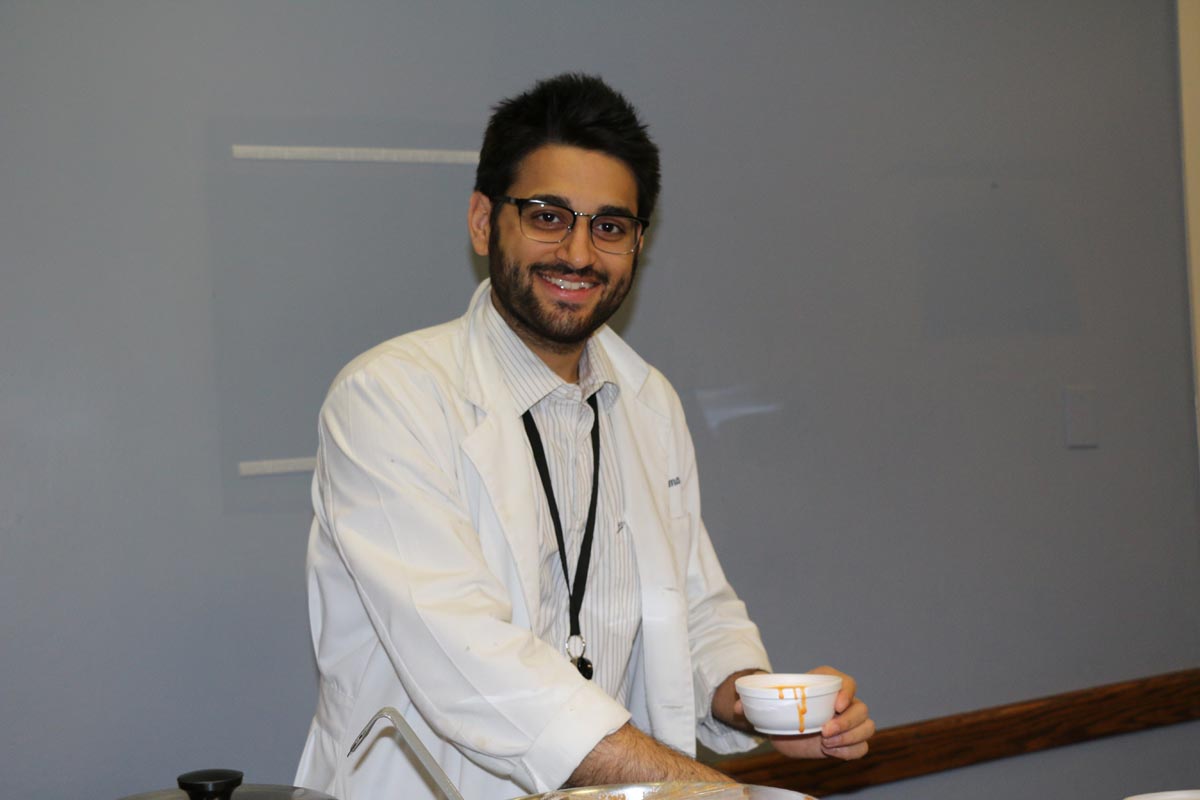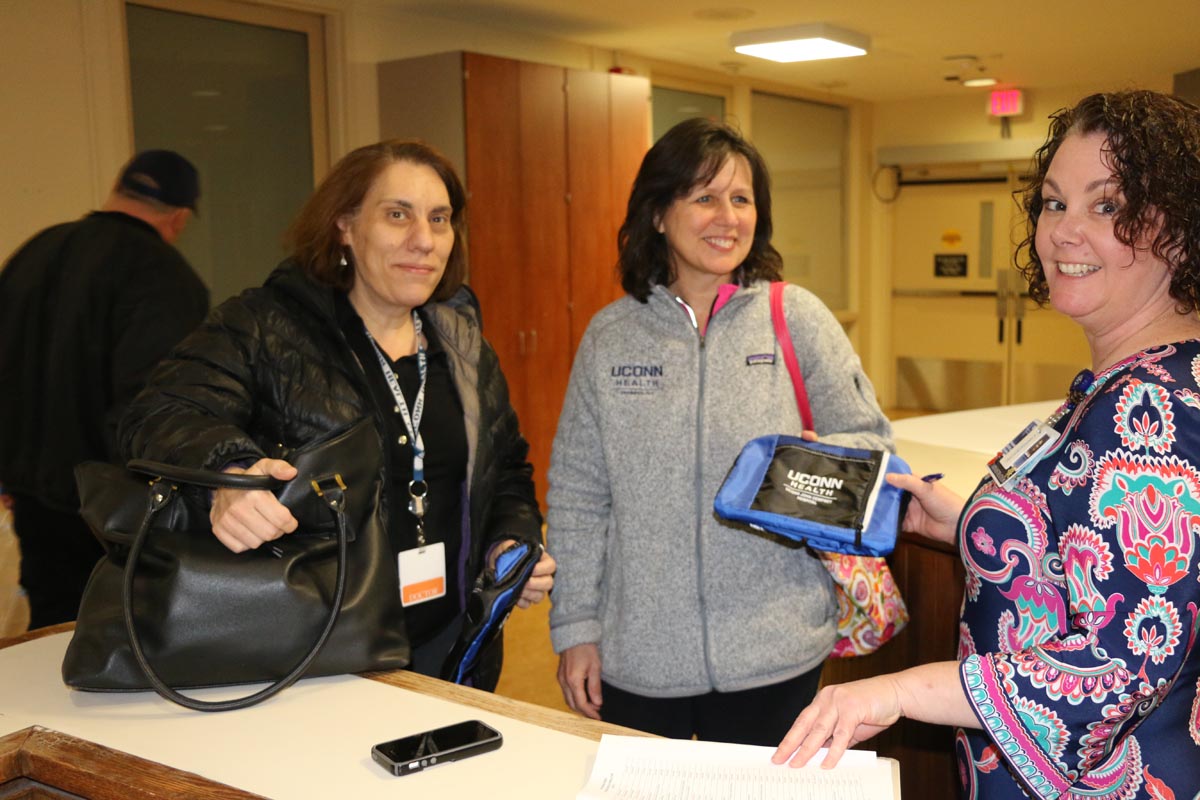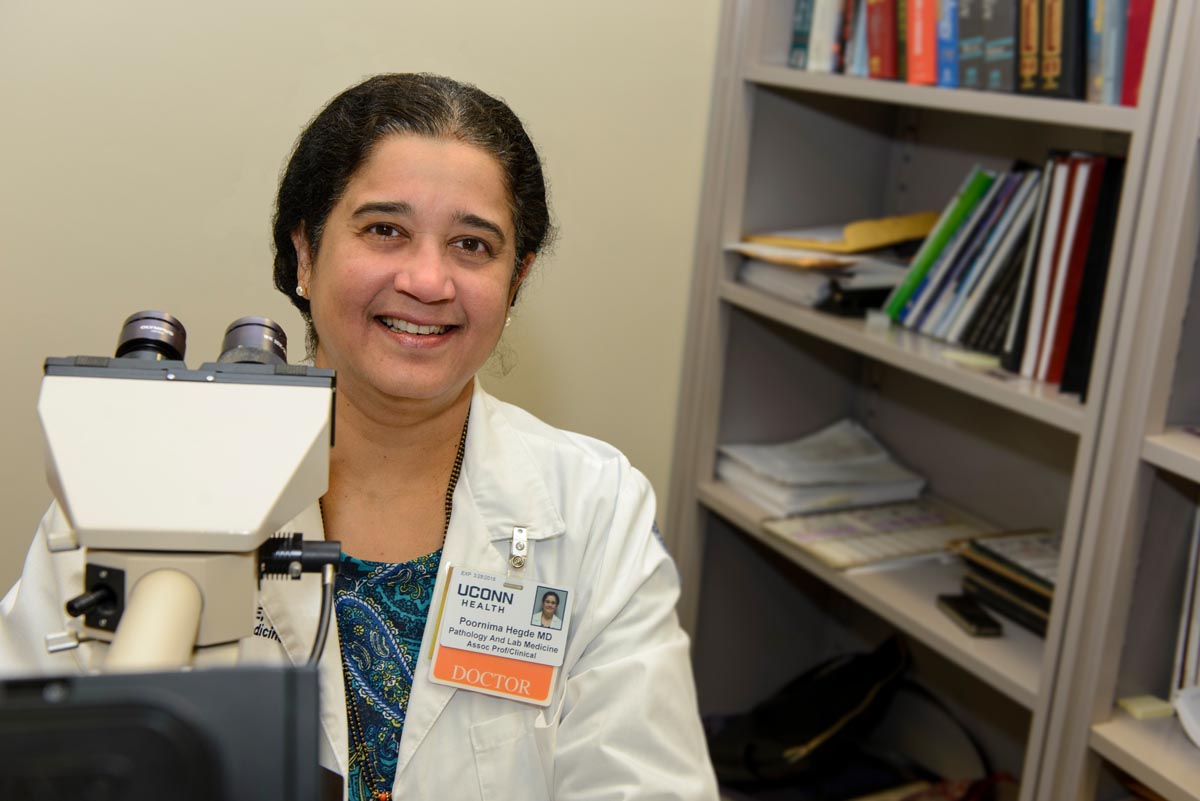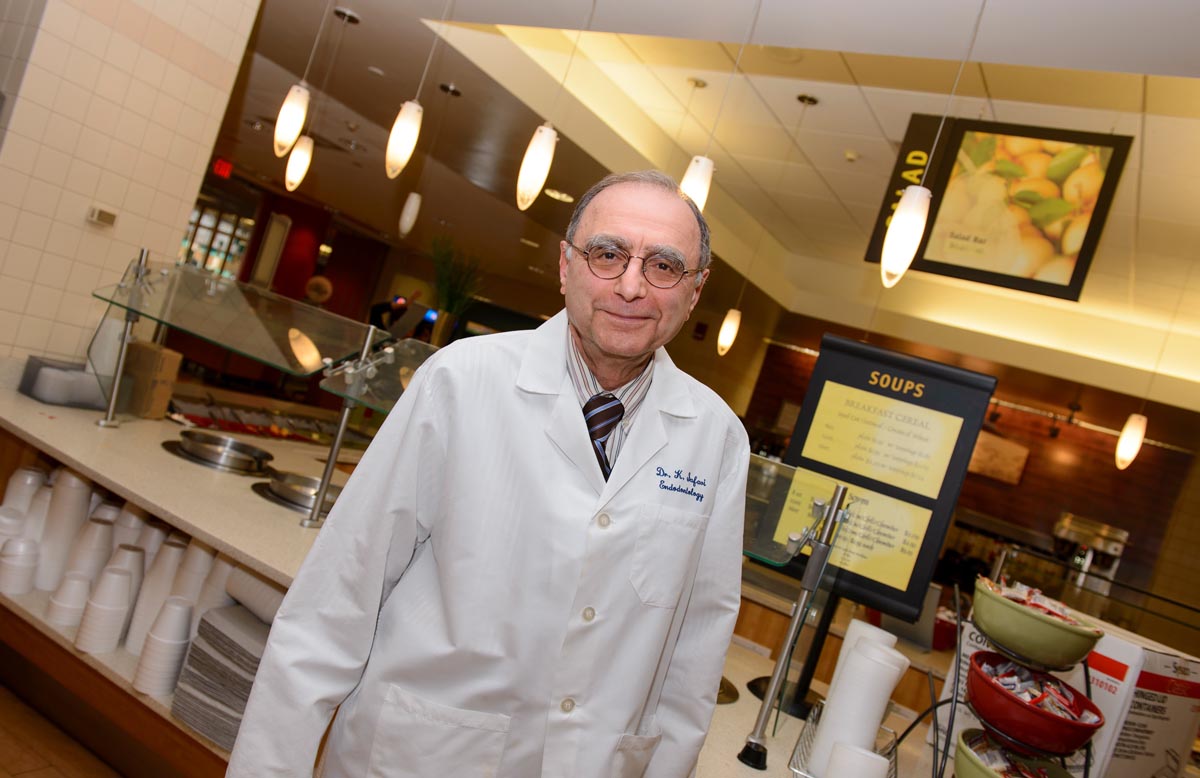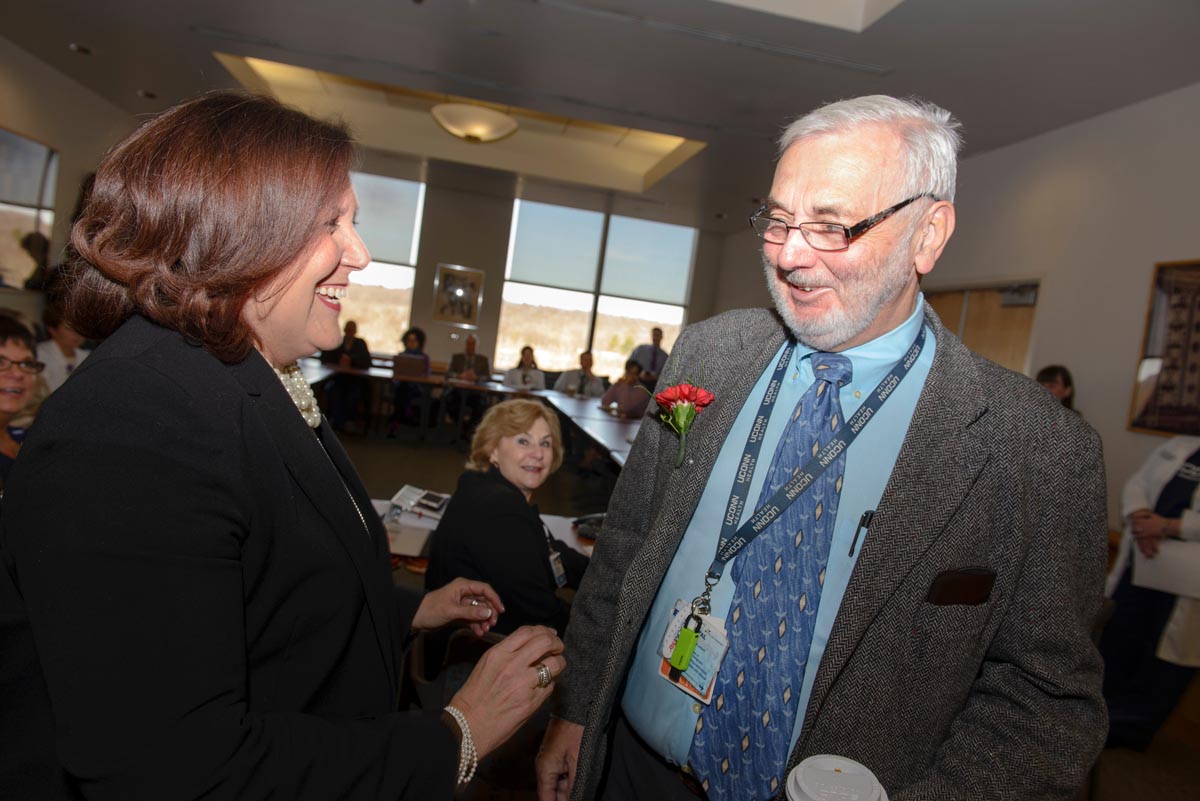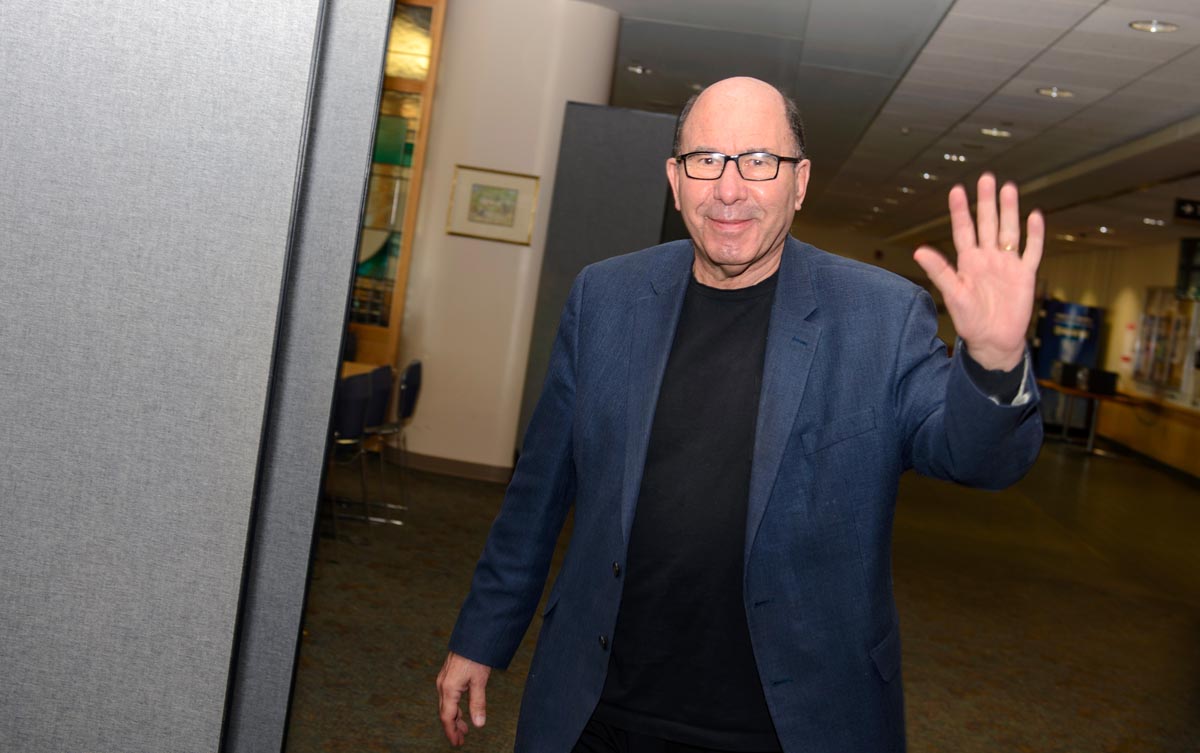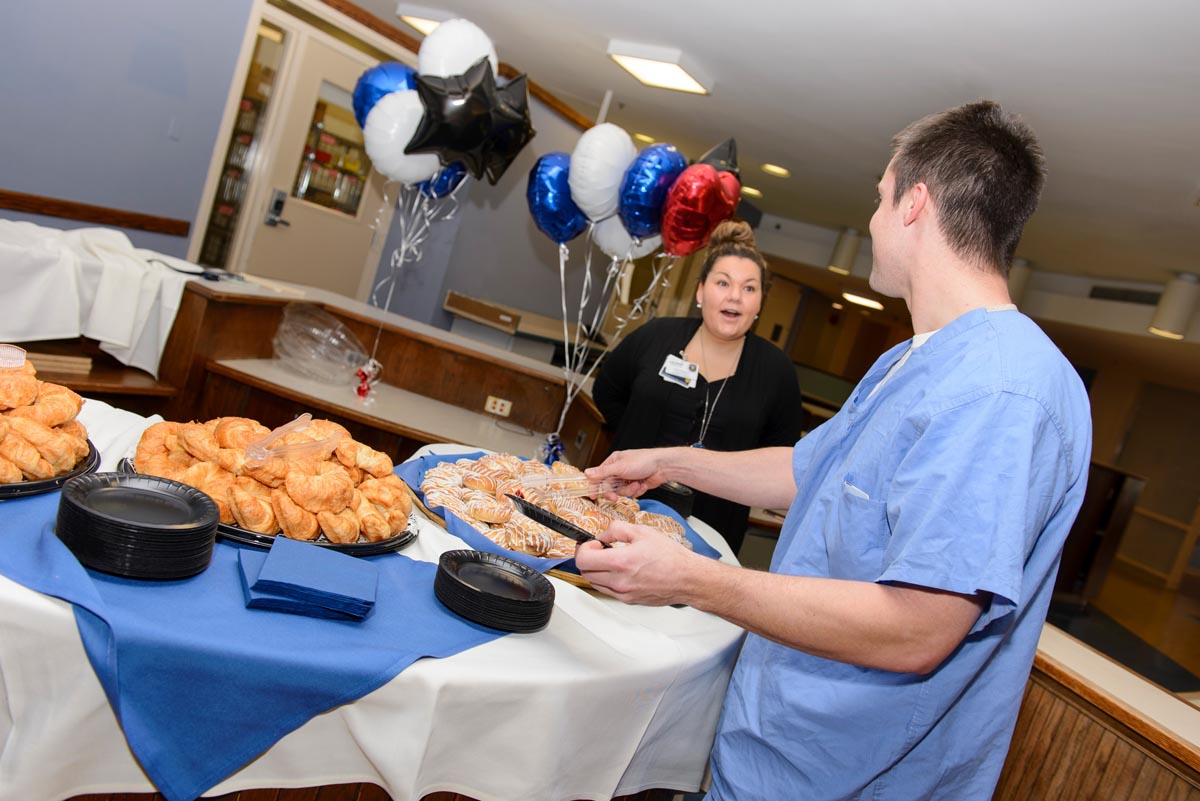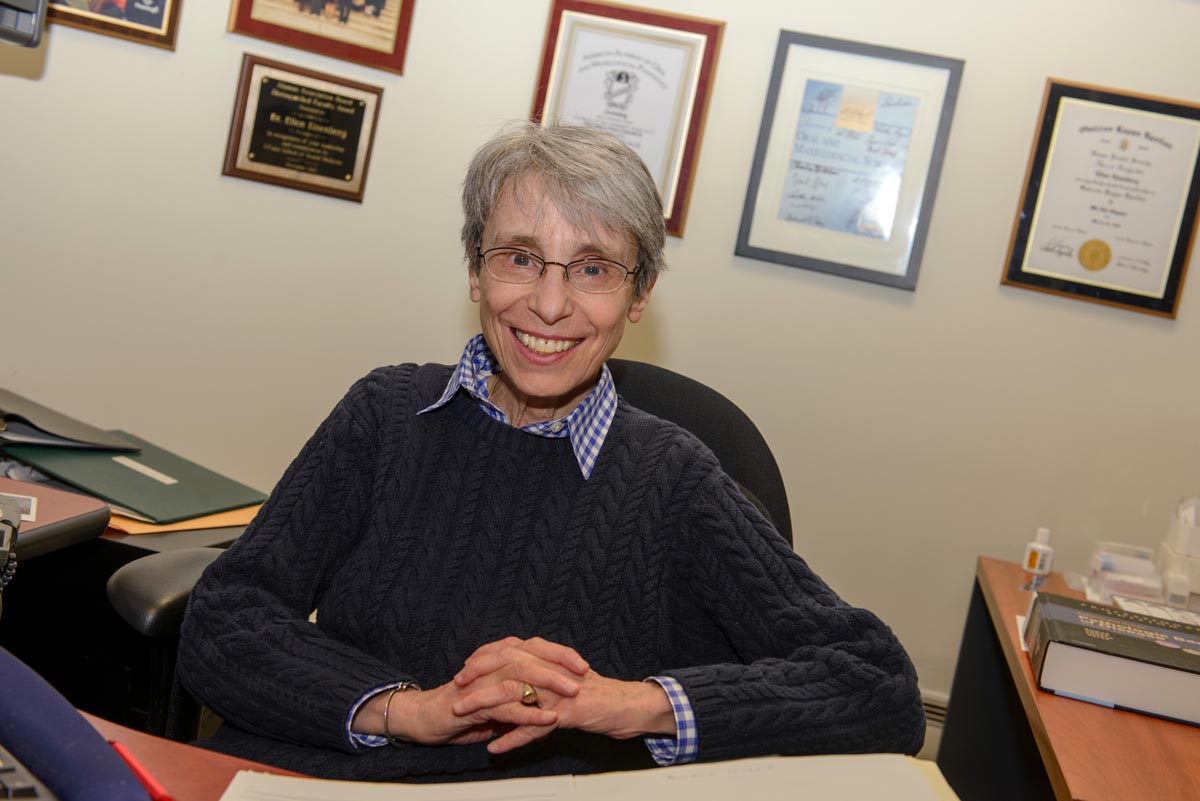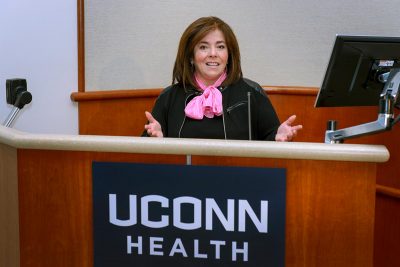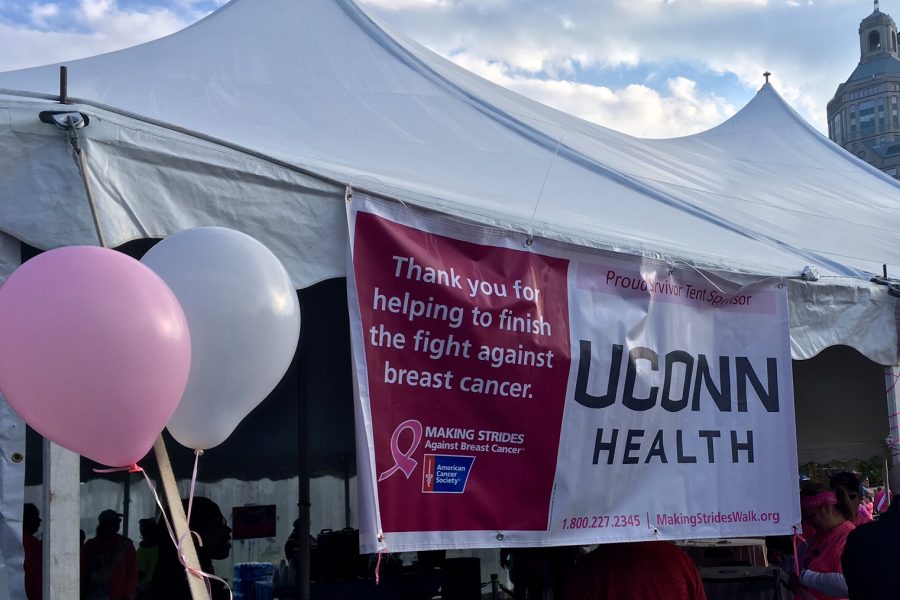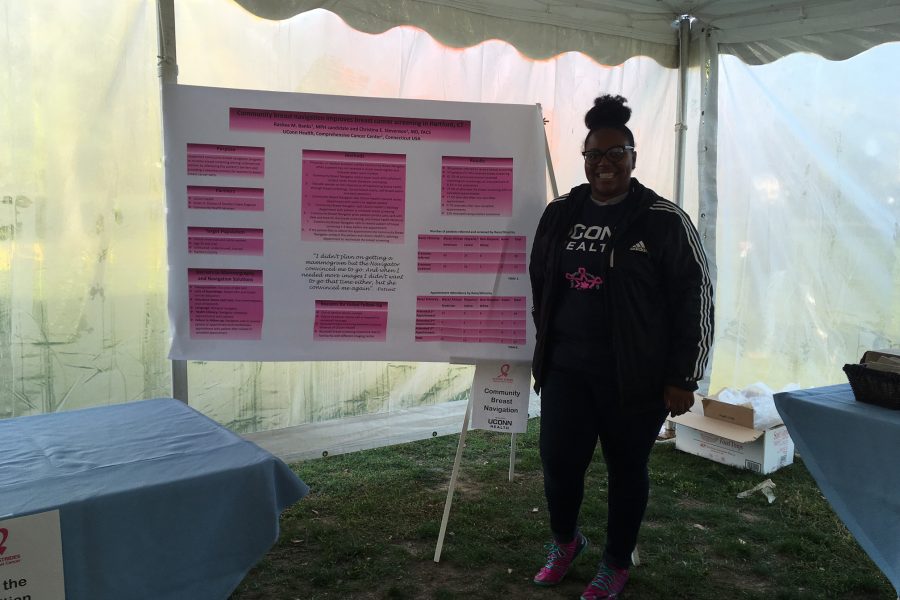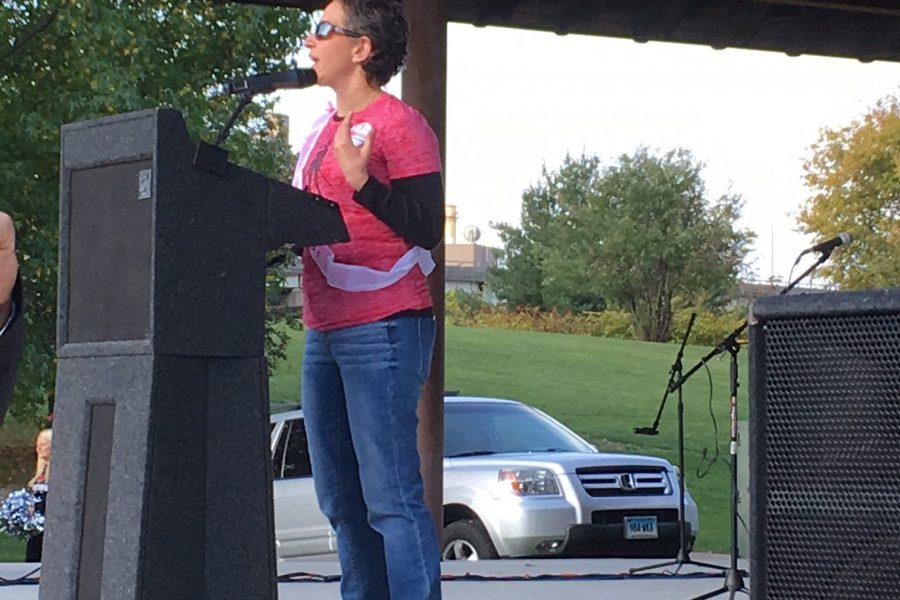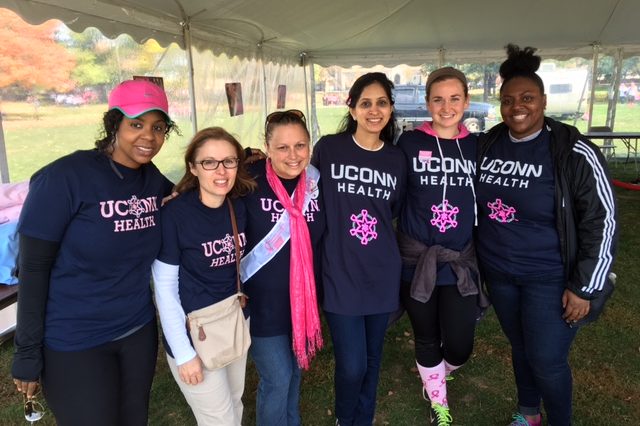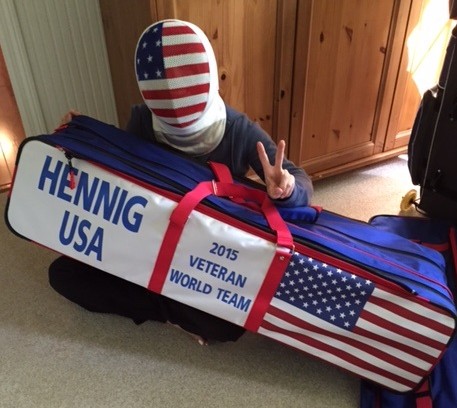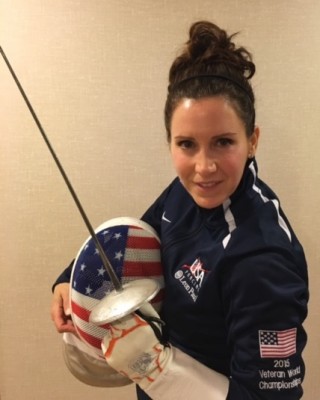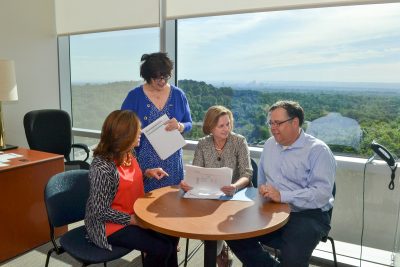
An essential part of HealthONE’s electronic health record (EHR) implementation process, set to go live on April 28, 2018, is the ongoing work of UConn Health IT Department’s two assistant vice presidents and director, and four HealthONE project directors in collaboration with many analysts, architects and engineers.
This management team works closely with the HealthONE leadership team of Denise Purington, BSN, interim CIO; Dr. Dirk Stanley, CMIO; and newly arrived Bryan Kerr, HealthONE’s interim assistant vice president.
The managers oversee the planning, implementation and management process of various information technology needs and HealthONE’s specific EPIC applications.
We would like to introduce you to the IT and HealthONE management team and hear what they think are the ultimate perks and benefits of UConn Health’s upcoming EHR system.
Robert Darby, AVP of IT Strategic Projects and Clinical Systems manages the HealthONE’s team charged with helping to ensure data from existing systems and those systems that are not scheduled to be replaced by EPIC are incorporated into the HealthONE system and available to clinicians and support staff within the HealthONE applications. He also oversees the teams who are developing the necessary operational reports and analytic and business intelligence tools that will be used to manage the business unit, support quality reporting and business and clinical transformation. Some of the tools they use from EPIC include Bridges, Data Courier and Cogito. In addition to the HealthONE team, Darby manages the Clinical Application Support Team, Project Managers and Clinical Informatics Teams that support all non-HealthONE applications and clinical implementations that play a vital role in the HealthONE implementation project. Along with over 9 years at UConn Health he has 20 years of health care IT experience in implementation, support, management and integration of clinical systems and environments.
Best perk of HealthONE? Moving from a best of breed (many individual systems) systems approach to a single unified UConn Health enterprise solution.
Number one benefit of HealthONE for UConn Health? Gaining access to information stored within a single database will allow us to act quicker to provider better care to our patients as well as better quality reporting for our patient population and research partners.
Michael Catrini, AVP of Enterprise Technology Systems manages the HealthONE team responsible for connecting our data center to the EPIC data center in Wisconsin. He also manages the team that will ensure the correct HealthONE applications and equipment are installed on thousands of end user devices across the organization. He brings over 20 years of clinical IT experience to the project, including two previous enterprise EHR installations.
Best perk? Reducing the number of applications needed to treat patients.
Number one benefit? Speed of access to the patient data. The users will be able to quickly reach the correct data at the correct time during patient care.
Carrie Gray, director of Information Security oversees the HealthONE Security Coordinators responsible for building, maintaining and educating users about the security of the HealthONE system. Additionally, she manages the Information Security team responsible for establishing and coordinating the development, management and implementation of information security technologies, policies, standards and procedures for protecting UConn Health’s confidential data and critical systems.
Best perk? The ability to access multiple functions with a single user ID.
Number one benefit? A streamlined approach to granting access to the system based on a user’s responsibilities.
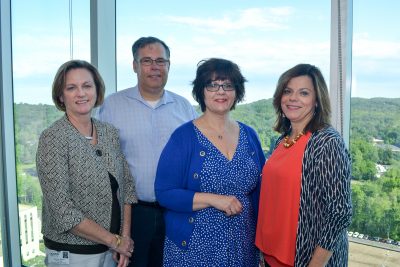
Liz Zibell, RN, MSN oversees HealthONE’s Clinical applications named ASAP (emergency department), Willow (pharmacy), Stork (obstetrics and labor and delivery) along with the Orders, Clinical Documentation and Infection Control modules and functions. For this role she brings more than 11 years of EHR experience. She has previously managed the clinical informatics teams at UConn Health and served as a clinical transformation specialist for the Cerner Corporation. Her nursing background includes experience in the NICU, pediatrics, home health, and clinical research settings.
Best perk? The strength of the clinical team and their skill sets which will enhance the HealthONE application.
Number one benefit? A safer and more robust data environment for our patients and staff. We will all get there together.
Carolyn Orrell, MBA is responsible for HealthONE’s Access and Revenue Cycle applications which are named Cadence (scheduling), Grand Central (transport, bed planning), Prelude (registration), Resolute HB and PB (hospital billing and professional billing and claims), and HIM/Identity (Health Information Management). She has over 20 years of experience in healthcare IT. She has served in various project management and leadership roles for the implementation of clinical and revenue cycle financial systems and EHRs. In addition, she also attained her Six Sigma Green Belt from the Juran Institute.
Best perk? The new functionality and streamlined processes.
Number one benefit? The EPIC functionality and new third party solutions that will benefit our patients, providers, and staff.
Kathy Noel leads the Ambulatory applications for HealthONE. Her scope of responsibility spans physician office workflows in Ambulatory and Orthopedics, Healthy Planet (population health), MyChart and CareLink (patient and community engagement applications), Canto and Haiku (mobility applications), and Research Studies. She began her IT healthcare journey 28 years ago at the Hospital of St. Raphael, then St. Francis, and arrived nearly 8 years ago at UConn Health as a project manager for the rollout of NextGen. She has managed the development of many clinical applications across the continuum with insight into workflows of many hospital departments.
Best perk? The integration the HealthONE system will provide to connect all the dots between our currently separate systems and the ‘one-stop-shopping’ advantages this gives to our clinicians and our patients.
Number one benefit? HealthONE will provide us with transparency and reporting that has previously been unattainable.
Christopher M. Carroll, MBA, PMP directs HealthONE’s Ancillary applications. He oversees the applications called Beacon (oncology), Beaker (lab), Radiant (radiology and cardiology) and the Optime/Anesthesia (operating rooms and anesthesia) modules for HealthONE. Chris has been with UConn Health’s IT department for the last 7 years. Prior to HealthONE, he was project manager of numerous initiatives including Banner and NextGen. Chris has experience as a consultant, as well as holding various positions across healthcare, insurance, higher education, administrative and financial organizations.
Best perk? The integration of so much clinical information in one place will streamline many workflows.
Number one benefit? It will readily provide patient information to the fingertips of those providing patient care and to those ancillary areas performing tests and procedures.
We encourage you to reach out to any of these leaders with questions or concerns. We also want to thank all the IT and HealthONE team members who are working to deliver the HealthONE system by April 2018 and all those in the organization who have participated in design sessions. Without everyone’s involvement we couldn’t have gotten as far as we have today.

